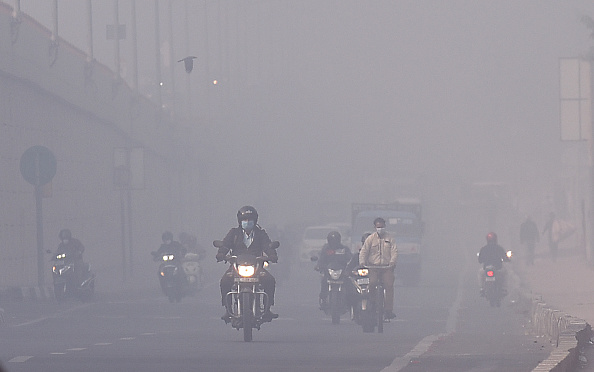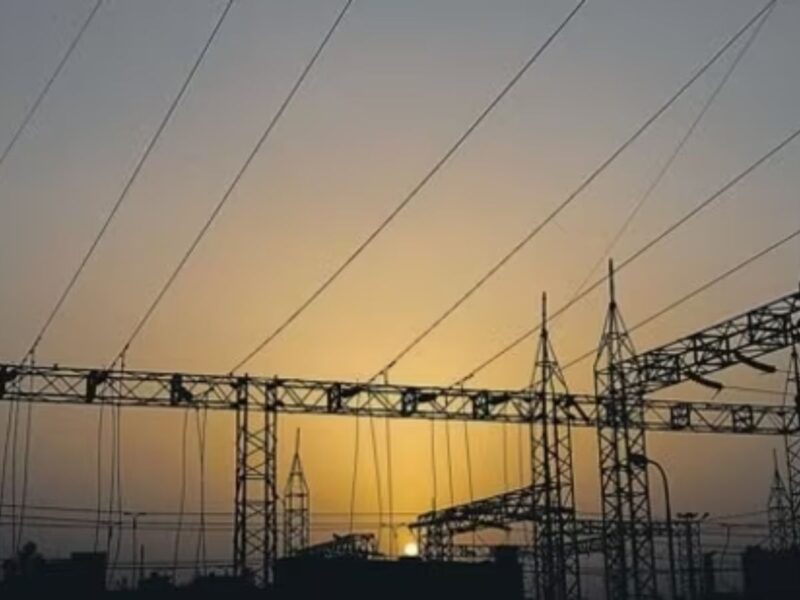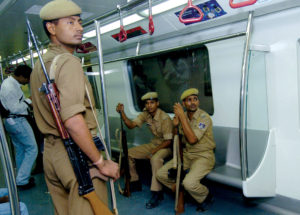People in the national capital breathe the “worst” air between November 1 and November 15 every year, an analysis of data collated by the Delhi Pollution Control Committee (DPCC) over the last five years showed.
The capital’s average PM2.5 level oscillates between very poor and severe categories from October 16 to February 15. It records an average PM2.5 concentration of 285 micrograms per cubic metre from November 1 to November 15. PM2.5 level from 61 to 120 is considered moderate to poor , 121 to 250 is very poor , 251 to 350 is severe and more than 350 is severe plus .
A major increase in pollution levels is seen from October 15 to November 1. The average PM2.5 level reach 285 micrograms per cubic meter from 80 micrograms per cubic metre, an environment department official said.
All sources of pollution are active during this period. It is the time when stubble burning peaks. There is smoke from firecrackers and dust pollution, he said.
December 16 to December 31 is the second-most polluted period in Delhi. The average PM2.5 concentration during this period stands at 218 micrograms per cubic metre. The main reason for the high air pollution level is waste burning because this is the time when Delhi records its lowest temperatures and festivals, the official said. The third-most polluted fortnight stretches from January 1 to January 15. The average PM2.5 concentration during this period is 197 micrograms per cubic metre.
Based on the data, the government will make interventions as part of the winter action plan to curb pollution, the official said.
(Cover: Commuters out on a smoggy day at NH-9 near Mayur Vihar on February 8, 2021 in New Delhi, India. Air pollution and fog hindered visibility on roads in Delhi NCR. The concentration of PM 10 particles stood at 175 while PM 2.5 at 102 in the national capital region PHOTO: Getty Images)





